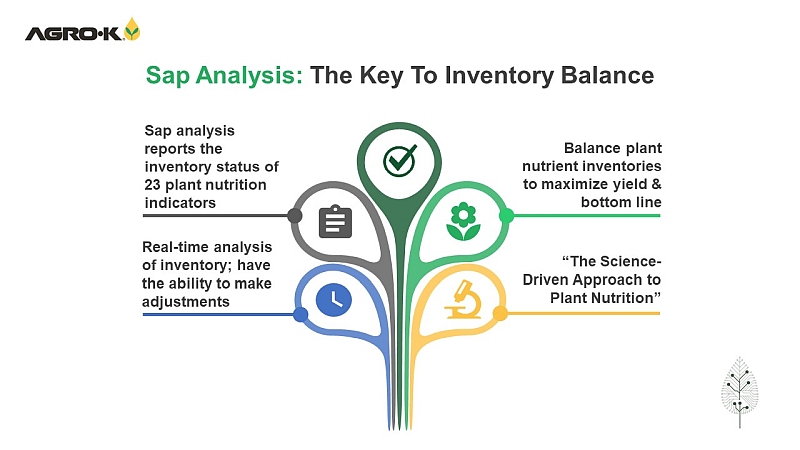Nanotechnology Could Play Large Role In Asian Citrus Psyllid Control
A team of researchers from several institutions have found a way in laboratory tests to use 200 times less insecticide and yet still kill as many insects that carry the citrus greening bacterium.

A scanning electron microscope photo of polymer molecules impregnated with imidacloprid.
Photo by Lukasz Stelinski
Lukasz Stelinski, an associate professor with University of Florida’s Department of Entomology and Nematology, used a commercial formulation of imidacloprid, a standard insecticide used to kill the Asian citrus psyllid, among many other pests. He and the team impregnated nano-dispensers, which are microscopic molecules that can contain liquids and then penetrate leaf and bark surfaces.
“During the past 15 years, an explosion in research in micro- and nanotechnologies has led to the development of a variety of techniques that allows control of matter at microscopic levels never before seen,” said Stelinski, who works at the UF/IFAS Citrus Research and Education Center (CREC). “They have opened a new era in delivery of pesticides through the development of micro- and nano-size controlled release systems.”
Polymer molecules are being employed for these nano-dispenser systems because scientists can change their size, depending on the use needed. They are compatible with living organisms, have a low cost and are about 500 times smaller than a human eyelash.
Stelinski’s team experimented with the nano-dispensers in the lab, replicating each treatment experiment five times. In the most successful version of the experiment, 80% of the psyllids were dead after 10 days. Researchers also said that less insecticide could have beneficial environmental impacts.
♦ Researchers Mine Nanotechnology To Help Conquer Citrus Canker ♦
Further field tests are necessary to see how the nano-dispensers perform in sunlight, varying temperatures, and humidity levels.
Other members of the team include Wendy Meyer with UF’s entomology and nematology department at CREC, Pablo Gurman, with the University of Texas at Dallas’ Department of Materials Science and Engineering, and Noel Elman, with the Massachusetts Institute of Technology’s Institute for Soldier Nanotechnologies.
The research was recently published in the journal Green Chemistry and can be found by clicking here.









